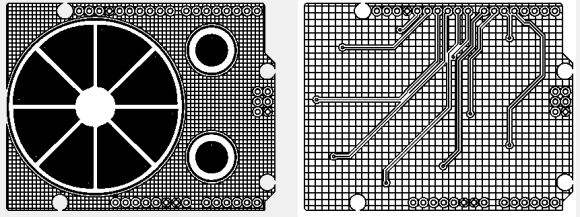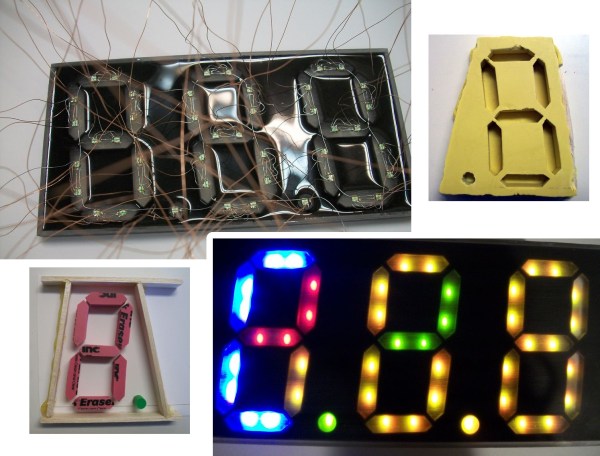Quadcopters aren’t a new thing, but for all the advances in multi-rotor craft, they all still fall into the paradigm of, ‘stick a prop on a motor and repeat three more times. [Curtis Youngblood], one of the top RC heli pilots in the world, came up with a very cool drive system for a quad, requiring only one motor and granting each blade collective pitch that allows for absolutely insane acrobatic ability.
There’s only one motor inside the Stingray 500, as [Curtis] calls his new toy. It’s at the rear of this quad’s H-frame, attached to a shaft running down the spine with a pair of pulleys. All four rotors are driven by this spinning shaft.
Because [Curtis] is an acrobatic pilot, he needed a way to control his ‘copter in more than one direction. To do this, he added four servos on each arm of the quad, giving each rotor collective pitch, just like the tail rotor of a real helicopter. The result is a quadcopter that can fly upside-down with the greatest of ease, perform barrel rolls, and all the other maneuver a true 3D RC ‘copter can do.
The awesome guys at Flite Test had [Curtis] visit their hangar and had him do an awesome demo flight. You can check out that video below.

















